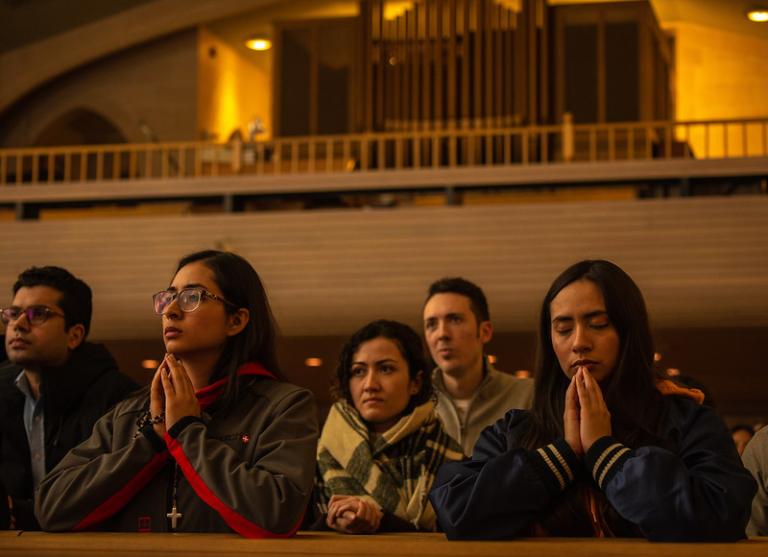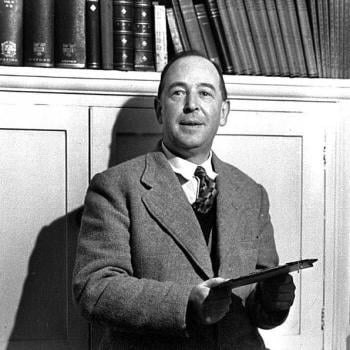There is evidence that the church, while shrinking, is also growing. That is, the nominal churchgoers, cultural Christians, and modernist theologians have been leaving. Those who remain and those who are joining, on the other hand, are true believers and are highly committed to their faith.
The result is that the typical congregation tends to be more orthodox than it would have been in the recent past. From that perspective, the church is growing spiritually. And, what bodes well for the future is that this greater spiritual intensity is most evident in younger Christians.
The church is shrinking, but it’s getting stronger as well.
That is the paradox afoot on the American religious scene. The number of unchurched — “nones” and “dones” — are skyrocketing, while the remainers, the ones who stick it out, are becoming more devout — smaller but better.
It’s bad for the church — the visible, institutional church. And it’s good for the church — the hidden church, the body of Christ, the assembly of believers gathered by the gospel.
The first part is easily corroborated. Study after study shows that the exodus out the church doors is profound. By now everybody has heard the news, so we can recap. . . .
It’s the second side of the paradox — that a stripped-down church is reclaiming a vibrant, electric faith — that is the new news.
He quotes an Associated Press article by Tim Sullivan on what is happening in American Catholicism.
The article focuses on a resurgent conservative Catholic piety, driven by young believers enamored of what the writer calls “the old ways” — by which is meant a return to ancient, traditional music; priests donning traditional garb, like cassocks; more sermons concerned with sin and confession and church doctrine; and the Latin Mass, along with more incense and more Gregorian chants.
These young people are looking for something different, something unlike their workaday lives. Said Ben Rouleau, quoted in the AP article: “We want this ethereal experience that is different from everything else in our lives.”
This is one of the forgotten attractions of traditional, even liturgical, worship. It’s different.
Though mainline liberal Protestants and modernizing Vatican II Catholics–and, I would add, church growth evangelicals–have been urging churches to become more like the secular culture, that strategy in the long run is unsuccessful. Why bother with church if it is only going to give us what we already have?
Sullivan notes that the Vatican II generation of priests, with their guitar masses and leftwing activism, is retiring and dying out. Today pretty much the only young men going into the priesthood are conservatives who would like to bring back the more traditional Catholicism, with its ancient rituals and strict sexual morality. Raabe cites a study of the American priesthood that found that “No surveyed priests who were ordained after 2020 described themselves as ‘very progressive.'”
To be sure, this new conservatism is sending even more liberal and cafeteria-Catholics out the door. “I’m a lifelong Catholic. I grew up going to church every Sunday,” said one ex-church member quoted by Sullivan, “But I’d never seen anything like this,” referring to the new priest’s emphasis on sin and confession. The Catholic church is shrinking, but traditional Catholicism is growing.
This may bring back challenges for those of us on the Reformation side of Christendom, but I can see something similar happening among us. What Raabe and Sullivan say tracks well with the research into the Lutheran Church Missouri Synod I blogged about (see this and this). The young pastors and seminarians I am getting to know all seem solid as a rock. As for young people’s attraction to orthodox theology and traditional liturgy, that study found that the younger Lutheran adults are, the more they are devoted to the Sacraments.
I’d be curious to hear if something similar is happening in other traditions. It seems to me that “the young, restless, and Reformed” are especially zealous in their Calvinism and tend to prefer traditional Reformed “regulative principle” worship to contemporary styles. I know of a number of evangelicals who have discovered the liturgies in the Anglican Book of Common Prayer.
Are Anglicans becoming more Anglican? Are Baptists becoming more Baptist? Are Wesleyans becoming more Wesleyan? Are mainline Protestants starting to turn against liberal theology? I suppose we are seeing that with Methodists leaving the liberals to form the Global Methodists. Have you seen any other examples of this trend?
Photo: Adoration by Michael Swan via Flickr, CC by 2.0














